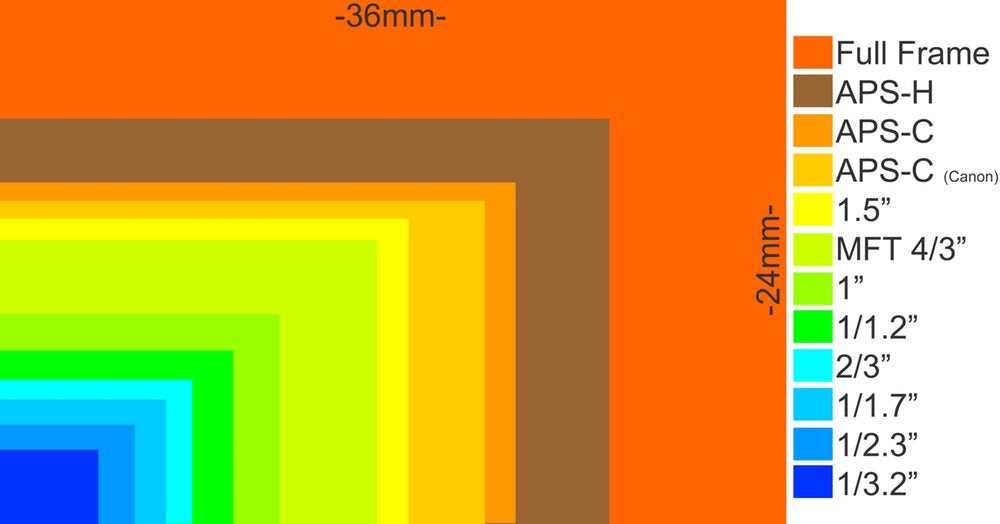

Fall 2017
NPRO 5650.01
© Bill Barrett 2017
Feedback (general opinions, problems, suggestions, etc.) on this hypersyllabus is encouraged! Bookmark this, but don't rely on printing it out. It is very likely that this page will be updated in the course of the semester.
This course addresses current and significant issues in interactive media and interactive communications. The course focuses on existing theories and practices, with emphasis on new and emerging topics and technologies in this field. Prerequisites: NPRO 5000 and MEDC 5600 recommended. Can be repeated once for credit if content differs, not to exceed 6 credit hours.
We will be using the Macintosh computer platform in class, but students with Windows familiarity are welcome. Cross-platform questions are encouraged, and issues are addressed.
Class attendance is very important this course. Your participation and attendance are a large part of your grade -- make sure both are exceptional. If you miss more than one class, your grade will be affected. If you miss eight class sessions, you cannot pass the course. Written assignments and class presentations must be completed on schedule.
Learning Outcomes:
How you're graded: Your final grade is based on your performance throughout the semester. Your attendance and active participation count for 30%; your photo projects count for 30%; a research paper counts for 25%; an exam counts for 15%. Doing more than required can earn you extra credit; talk to me outside class if you're interested. Academic policies and grades.
Texts:
HIGHLY RECOMMENDED: Martin Evening, Adobe Photoshop Lightroom CC / Lightroom 6 Book: The Complete Guide for Photographers |
|
What we're doing and when:
Session 1 (8/24). Introductions. Some general concepts of how photography works. Light sensitive material, light itself, the idea of the camera. A (very) brief introduction to the "prehistory" of photography and the history of photographic processes.
So, is film photography really dead?
Shutter speed, aperture, ISO and their relationship. The primary digital camera shooting modes/ taking pictures using a "paper light meter."
The digital world we are entering; the hardware and the software. Some of the vocabulary in digital imaging might be new to you, though much of it is the same or similar to that in "traditional" silver-based photography. Intro to digital cameras. What to consider when purchasing a digital camera. Factors affected or determined by chip size.
 |
 |
| Camera chip size comparison (note that 35mm film is a 24x36mm frame) | Another chip size comparison ("Full frame" is with reference to 35mm.) |
"How Film is Made" (Dubbed in Dutch, with English subtitles)
1958 Kodak documentary
Image file formats. Disk size and storage. Moore's Law (and a graphical representation of it). Color spaces for different purposes (and what you need to remember for this class). Here's an interesting way to think about all those storage terms.
Webster University is now an Educational Enterprise Partner with Adobe, and you can download any program in the Creative Cloud Suite onto your personal computer for free. You should have received an email invitation. Download your free subscription here. If you currently pay for a subscription of Creative Cloud, you can cancel it here. (Lightroom will be the primary software for this course.)
if you have a fully adjustable digital camera of your own, bring it to class next week. If not, various Nikon dSLR cameras are available through the Media Center; please check one out before class (you might want to reserve it ahead of time). Be certain not to lose your storage card! |
 |
Session 2 (8/31). Bring an adjustable digital camera (one that can be used with manual settings and shoot raw files). We will spend part of class making photos of specific situations that we will use for our initial work, and will include hands-on camera instruction as needed.
People in General Plants/Trees/Flowers Details/Abstract Normal student activities in or out of class Athletics (is there anything going on?) Personal Style/Fashion Get Low/Get High – the camera’s point of view can radically change the photo |
Adobe Photoshop Lightroom and Photoshop and why both are good ideas. Introduction to the Lightroom Library module. Importing your photos.
Session 3 (9/6). The research paper, and the planning schedule for it. Topic due next week.
Camera RAW and EXIF data. The DNG file format (the free DNG converters for Mac and Windows are a bit down on the page under Downloads). Adding critical metadata.
Flagging selects, and viewing in full screen mode. Initial critique of our photos from session 2.
(More details will be added to the following weeks after our first work session in session 3.)
Session 4 (9/13). Topic for research paper due. The Lightroom Develop module. How to begin work on a digital image. The visual effect of slow and long shutter speeds. Shutter (time) priority exposure mode. Assignment: Stopping and blurring subject motion.
NEW Library Online Webinars: Research, resources, presentation tips and more. Seriously. Look at these and join them if you can.
Session 5 (9/20). Sources for research paper due. Critique of assignment. Depth of field and its conscious use. Aperture priority exposure mode. Assignment: Isolating the subject and getting maximum focus by controlled depth of field.
Session 6 (9/27). Outline of research paper due. Critique of assignment. Lens focal length. Assignment: Make photos using a lens 24mm or shorter, and 135 mm or longer.
Session 7 (10/4). Draft of research paper due. Critique of assignment. Assignment: Telling a story. Make a serious of 6-10 photos that work in sequence to tell a story -- without a verbal explanation.
Session 8 (10/11). Guest speaker (Webster Environmental Justice and Human Rights Conference): Carolyn Finney, University of Kentucky. Review of final exam. Presentation of research topics.
Session 9. (10/18) Class evaluations. Presentation of research topics (continued). Critique of story assignment. Final exam. Research paper due.